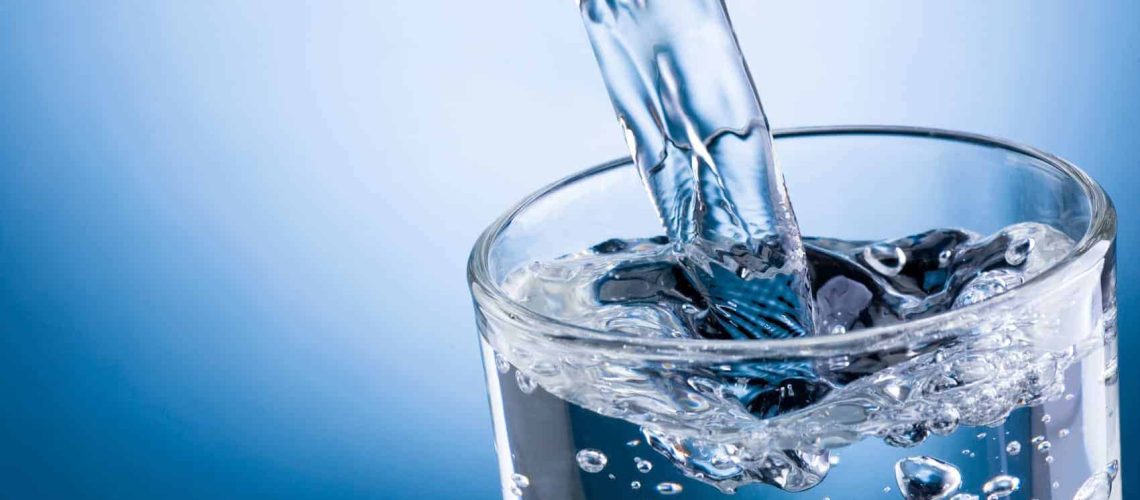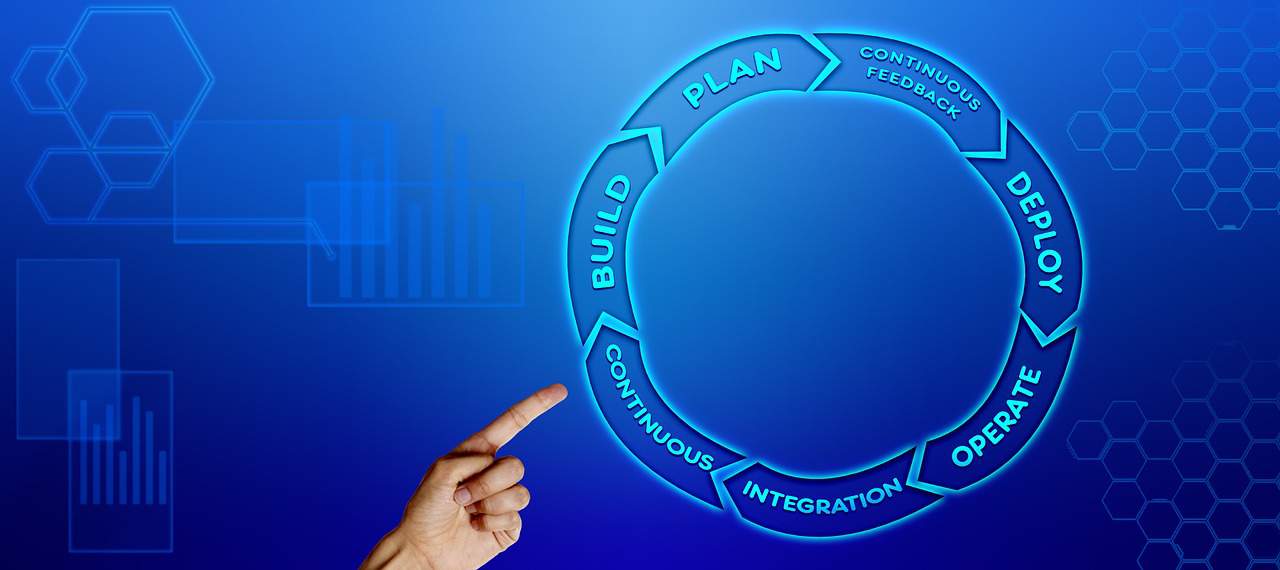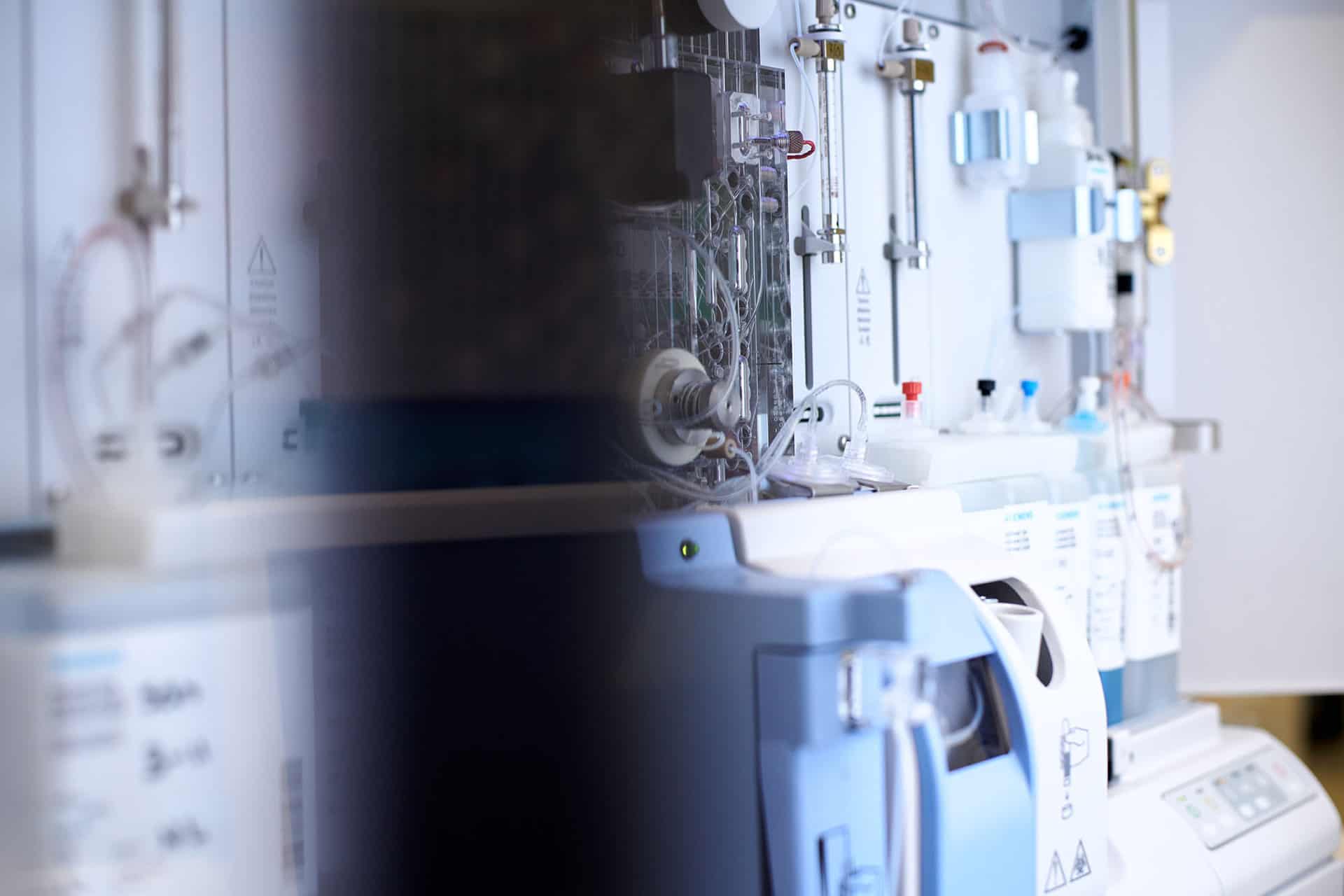Pollutants, contaminants, and microorganisms are an ongoing concern for human health when it comes to water purification. The water purification process works by reducing these harmful substances from water, making it safe for consumption.
In this blog post, we will explore the different methods of water purification and why it is important.
Water Purification Methods
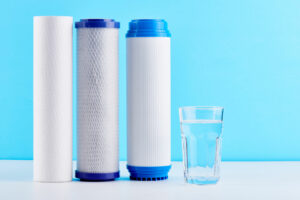
There are various methods of water purification, and each method uses different technologies to remove biological contaminants and pollutants from water. Some of the most common methods are:
- Filtration – Filtration is a process of passing water through a filter to remove impurities. The filters can be made of different materials such as sand in the case of slow sand filters, gravel, or activated carbon, depending on the type of impurities to be removed. Filtration is an effective method of removing sediments, particles, and other large impurities from water.
- Distillation – Distillation is a process of heating water to create steam, which is then cooled and condensed back into water. This method removes impurities such as unwanted minerals, metals, and bacteria from water, making it safe for consumption.
- Reverse Osmosis – Reverse osmosis is a process of passing water through a semipermeable membrane, which removes impurities such as minerals, salts, and microorganisms. Reverse osmosis water systems are commonly used in homes and commercial settings to purify water.
- Ultraviolet (UV) Radiation – UV radiation is a disinfection process of exposing water to high-frequency UV light, which kills microorganisms such as bacteria, viruses, and protozoa. This method is commonly used in water treatment plants to disinfect water.
- Ion Exchange – Ion exchange is a process of removing ions from water by exchanging them with ions of the same charge. This method is commonly used to remove minerals such as calcium, magnesium, and iron from water.
- Chlorination – Chlorination is a process of adding chlorine to water to kill microorganisms such as bacteria and viruses. This method is commonly used in water treatment plants to disinfect water.
Each of these methods has its advantages and disadvantages, and the choice of method depends on the type and level of contaminants in the water, the cost of the method, and the intended use of the purified water.
Filtration is an effective method of removing sediments, particles, and other large impurities from water; but it may not be effective in removing dissolved pollutants such as pesticides and chemicals.
Distillation is excellent for removing unwanted minerals, metals, and bacteria from water; it is also an energy-intensive process and may not be suitable for large-scale water purification.
Reverse osmosis is a highly effective method of removing minerals, salts, chemicals, and microorganisms from water; however, it does have some up-front costs, especially if you need professional installation.
UV radiation is a chemical-free method of disinfecting water; but it does not remove pollutants such as chemicals and heavy metals.
Ion exchange is an effective method of removing minerals such as calcium, magnesium, and iron from water; however, it may not be effective in removing other types of contaminants.
Chlorination is excellent for disinfecting water; but it can react with organic compounds in the water to form harmful byproducts such as trihalomethanes.
More On Ion Exchange Technology
Ion exchange technology is a water purification method that involves the exchange of ions between two solutions. This method is commonly used to remove minerals such as calcium, magnesium, and iron from water, which can cause hard water.
The ion exchange process involves passing the water through a resin bed, which contains ion exchange beads. These beads are made up of synthetic resins that contain charged ions. When the water passes through the resin bed, the charged ions in the water are attracted to the charged ions in the resin beads. The ions in the water are then exchanged with the ions in the resin beads, resulting in softened water.
The advantage of ion exchange technology is that it is an effective method of removing minerals from water, which can cause hard water. Hard water can lead to problems such as clogged pipes, reduced water flow, and damage to water-using appliances. Softening water through ion exchange technology can also reduce soap consumption and improve the efficiency of water heaters.
However, ion exchange technology has some disadvantages. The process can only remove dissolved ions from water and is not effective in removing larger particles and contaminants such as bacteria, viruses, and chemicals. The resin bed also needs to be regenerated periodically to maintain its effectiveness, which can result in increased maintenance costs.
Why Is Water Purification Important?
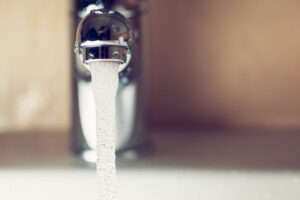
Water purification is essential for several reasons. Firstly, it ensures that water is safe for consumption, reducing the risk of waterborne diseases such as cholera, typhoid, and dysentery.
Additionally, water purification can also improve the taste, odor, and appearance of water, making it more pleasant to drink.
Moreover, water purification is critical for various industries such as food and beverage, pharmaceuticals, and electronics. These industries require high-quality water that is free from contaminants and impurities to ensure the safety and quality of their products.
Water purification also plays a significant role in environmental conservation. Purified water reduces the impact of industrial and agricultural activities on the environment by preventing the release of pollutants and contaminants into the environment.
How To Test Water Quality?
Water quality testing is essential to determine the presence and level of contaminants and pollutants in water. There are various ways to test water quality, including:
- Chemical Testing – Chemical testing involves the use of reagents and test kits to detect the presence of pollutants in contaminated water. This method is commonly used to test for pollutants such as lead, arsenic, and nitrates.
- Microbiological Testing – Microbiological testing detects the presence of microorganisms such as bacteria, viruses, and protozoa in water. This method is commonly used to test for the presence of coliform bacteria and E. coli.
- Physical Testing – Physical testing involves the use of instruments to measure the physical properties of water such as pH, temperature, and turbidity. This method is commonly used to test for the presence of sediment, turbidity, and color.
Conclusion
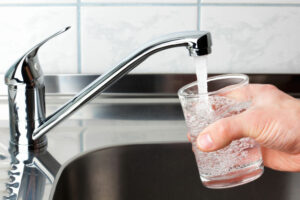
In conclusion, water purification is essential for ensuring access to safe and clean drinking water. There are various methods of water purification, each with its advantages and disadvantages. The choice of method depends on the type and level of contaminants in the water, the cost of the method, and the intended use of the purified water. Water purification is critical for human health, environmental conservation, and various industries. Water quality testing is essential to determine the presence and level of contaminants and pollutants in water. Chemical testing, microbiological testing, and physical testing are some of the common methods used for water quality testing.
